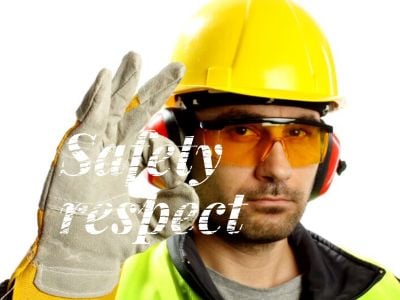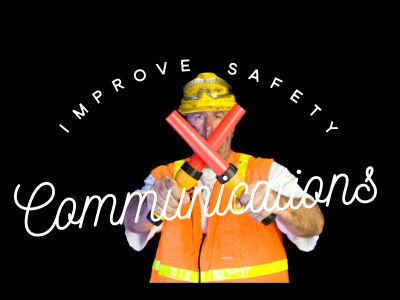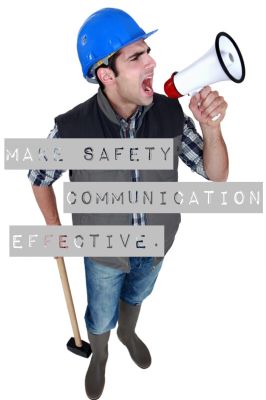
People take the advice and guidance of the people they respect. As a person with a strong commitment to safety, you may have an opinion about senior management’s commitment to safety. A safety person scolding their bosses on social media for a lack of commitment to safety accomplishes nothing. But it does display a lack of respect for co-workers, even if they are your bosses. Many safety people believe safety cannot improve without senior management’s support and commitment. Unfortunately, that’s simply not true. The Forest And The Trees I've been working with a few forestry companies lately so pardon my forest analogy. Senior management is responsible for ensuring the health of the forest. Front-line supervisors and safety personnel are responsible for ensuring the health of each tree. The jobs are very different. At the front-line, if each tree is healthy, the forest is healthy.











